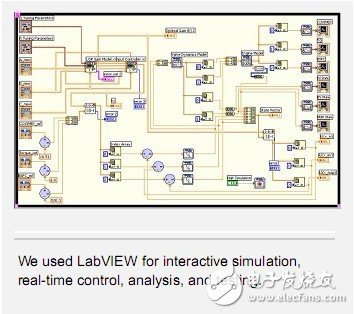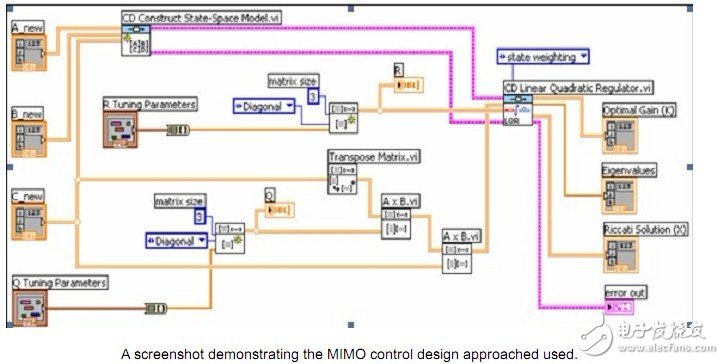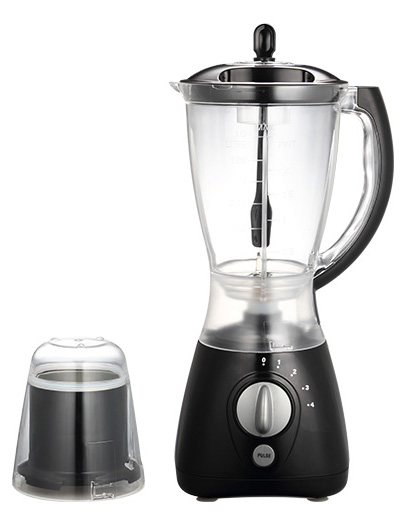Author: Arek Dutka - Industrial Systems and Control Limited
Gustav Ferrao - Industrial Systems and Control Limited
"In today's software for the automotive industry, LabVIEW has two main advantages: one is its front panel, which can serve as a powerful user interface; the other is its vivid development environment that avoids underlying language programming."
challenge:
Simulate multiple variables to validate complex automotive engine designs for optimal fuel consumption, engine performance, and exhaust emissions control.
solution:
Using NI LabVIEW to control the design and simulation modules, we developed an application that can be controlled, analyzed, and tested in real time.
Today, automotive powertrain control systems must continue to evolve to meet requirements. These requirements include adjusting exhaust emissions to meet increasingly stringent emission standards; providing better fuel consumption to comply with corporate average fuel consumption standards; and meeting user needs for performance and comfort.
These requirements are interrelated and often contradictory. For example, lean-burn technology can significantly reduce fuel consumption, but at the same time reduce the efficiency of three-way catalytic conversion, resulting in additional air pollution.
There are two ways to meet today's automotive specifications, one to improve existing structures and the other to introduce new and more complex mechanical designs.
Among the parameters that determine engine performance, the camshaft profile is the most important design parameter.
During the design process, some engines focus on the need for torque, while others focus on optimizing speed, so there is no shape to meet all design parameters.
There are four variable cam timing strategies for the Double overhead camshaft (DOHC) engine:
• Only intake cam phase shift (intake only)
• Only exhaust cam phase shift (exhaust only)
• The same amount of phase shift between the intake cam and the exhaust cam (both equal)
• Intake cam and exhaust cam independent phase shift (dual independent)
In the Twin-independent variable camshaft TIming (TIVCT), the intake camshaft and the exhaust camshaft are independently corrected. The amount of change is a function of valve position and engine speed.
To improve engine performance, the system offers a great deal of freedom. For this reason, there is a need to find a way to optimize valve timing parameters for best fuel consumption, engine performance, and emissions control.
However, the result of this technique is a highly complex real-time control algorithm. Although TIVCT has been introduced into the field of automotive engines a few years ago, it is still the focus of research and exploration today.
Real-time control, analysis, and testing with LabVIEW
This project is based on TIVCT engine modeling and optimal controller design to achieve specific engine performance requirements. The goal of the control strategy is to provide torque reference tracking for the engine while minimizing fuel consumption during braking and optimizing fuel combustion stability.
Use LabVIEW to control the design and simulation module and its own linear algebraic functions to accomplish this project. In today's software for the automotive industry, LabVIEW has two main advantages: one is its front panel, which can serve as a powerful user interface; the other is its vivid development environment that avoids underlying language programming.
In addition, many of NI's hardware integrates tools for control, design, and simulation to facilitate the development of real-time control, analysis, and test applications. This also makes LabVIEW attractive to the automotive R&D department.
For the engine model, the most important variables in control system operation include the airflow to the intake manifold, the position of the independent camshaft at the inlet, and the exhaust valve exhaust time relative to the crankshaft.
The control output is the coefficient of variation of the engine torque, the fuel consumption rate of the brake, and the average effective pressure indication. Other variables that affect system performance (such as engine speed, engine coolant temperature) are treated as external parameters and are used as control variables for the control system.
Using the LabVIEW Control Design and Simulation module, the time-continuous TIVCT engine model combines a static typical combustion process characteristic equation with a differential equation describing the driver and intake manifold to obtain a dynamic model.
The resulting nonlinear TIVCT engine model has multiple input and multiple output (MIMO) characteristics. By manipulating each input variable, its input-output relationship shows a significant crossover. In this control application, a linear model was developed using LabVIEW to set the system at a specific operating point and linearize the nonlinear engine model.
Interactive simulation using the LabVIEW front panel
An advanced optimized controller was designed using the Linear Quadratic Regulator (LQR) in LabVIEW. Functionally, this controller accomplishes two goals: minimizing the offset and implementing the role of the calibrator. In the case of external interference, the steady-state error can be eliminated by introducing the in-loop integral, thereby achieving the design goal of the above controller.
To define performance metrics and minimize output error and output rate of change, use LabVIEW based on continuous time-domain system optimization for state feedback and reference point tracking of the TIVCT engine and use the tool to achieve the desired gain.
Local controllers and linear models are built and simulated in LabVIEW. While minimizing the brake fuel consumption rate (BSFC) and the average indicated pressure coefficient of variation (COVIMEP), the system tracks engine torque through an accurate steady state value associated with the setpoint.
By placing the Q and R tuning variables on the front panel, it is possible to ensure intuitive detection and online adjustment of the controller, which also makes full use of the features of LabVIEW interactive simulation.
In order to easily transfer simulations to computer hardware for final application, models and controllers are typically applied to discrete time systems. Discrete controllers can be derived from continuous controllers or redesigned directly in discrete-time systems using the same linear quadratic regulator VI.
Since the model is non-linear, the ideal gain parameter that produces the expected response at a certain operating point may not produce the same satisfactory response at another operating point.
Therefore, gain scheduling needs to be achieved by using corresponding ideal gain parameters in different operating ranges of the nonlinear model. The interactive adjustment of the parameters is done through the front panel to rationalize the process of gain tuning.

Interactive simulation, real-time control, analysis, and testing with LabVIEW 
Screen capture demonstrating multiple input multiple output control (MIMO) design methods
We have a full range of plastic jar Food Blenders, including 1L, 1.25L, 1.5L, 1.6L plastic jar food blenders with grinder. Plastic jar also have different materials, PS jar, AS jar and PC jar. Plastic Jar Blenders usually with 300/350W 7020 or 7025 motor.
Discription of Plastic Jar Food Blenders
Size: 1L, 1.25L, 1.5L, 1.6L
Material: PS, AS, PC unbreakable jar
Controls Type: Rotary switch, push button

Plastic Jar Food Blenders
Plastic Jar Food Blenders,Plastic Jar Blenders,Blender Food Processor,1.5L Blender
Flying Electronic Co., Ltd , https://www.flyingelectronic.com